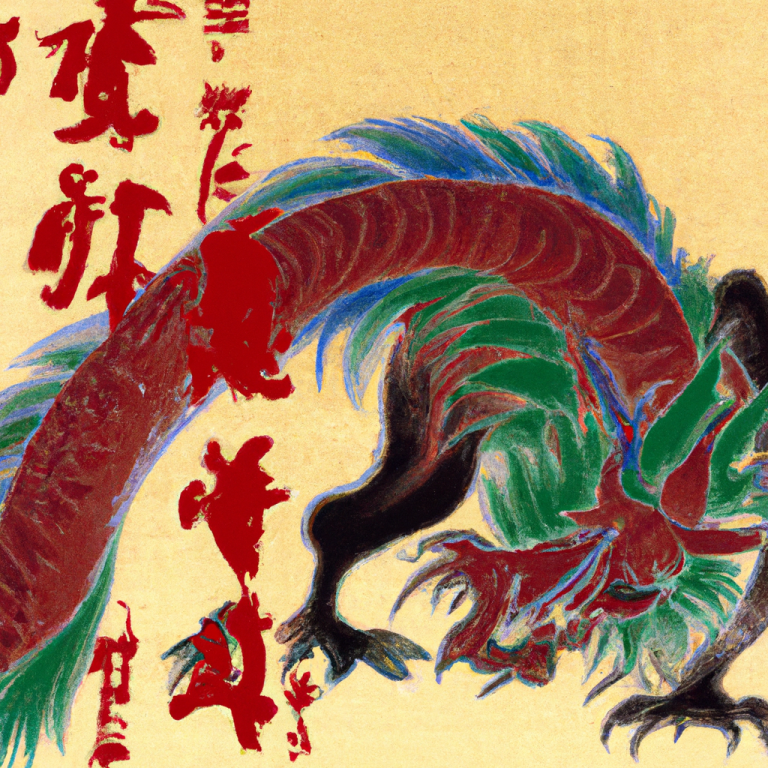Exploring the Enchanting World of Japanese Folklore
Japan is a country rich in history, tradition, and culture. One aspect of Japanese culture that has captivated people around the world is its folklore. Japanese folklore is a tapestry of myths, legends, and supernatural beings that have been passed down through generations. From yokai to kami, Japanese folklore is as diverse and enchanting as the country itself.
The Origins of Japanese Folklore
Japanese folklore has its roots in the country’s ancient animistic beliefs, which revolved around the worship of nature spirits known as kami. These kami were believed to inhabit natural phenomena such as mountains, rivers, and forests, and were revered as powerful and benevolent beings. Over time, these animistic beliefs merged with Buddhist and Confucian teachings, creating a complex tapestry of folklore that continues to influence Japanese culture to this day.
Yokai: The Creatures of Japanese Folklore
One of the most fascinating aspects of Japanese folklore is the presence of yokai, supernatural creatures that come in all shapes and sizes. From mischievous spirits like the kitsune (fox) and tanuki (raccoon dog) to terrifying monsters like the oni (demon) and yurei (ghost), yokai are an integral part of Japanese folklore. These creatures often serve as moral lessons or cautionary tales, teaching people to respect nature and the spirits that inhabit it.
For more information on Japanese folklore creatures, check out our post on Exploring the Anime Universe on Netflix.
Legends and Myths
Japanese folklore is also filled with a rich tapestry of legends and myths that have been passed down through generations. From the story of the creation of Japan by the gods Izanagi and Izanami to the tale of the brave warrior Minamoto no Yoshitsune, these legends are an important part of Japan’s cultural heritage. Many of these stories have been adapted into plays, movies, and anime, ensuring that they continue to captivate audiences around the world.
For more information on anime reboots, be sure to check out our post on Reviving the Classics: The Exciting World of Anime Reboots.
Shrines and Festivals
Shrines and festivals play a crucial role in Japanese folklore, as they are often dedicated to specific kami or commemorate important events in Japanese history. From the iconic Fushimi Inari Shrine in Kyoto to the lively Gion Matsuri festival in Kyoto, these cultural landmarks are a living testament to Japan’s rich folklore and traditions. Many of these shrines and festivals have been immortalized in anime and manga, further showcasing their importance in Japanese culture.
To learn more about female-targeted manga and anime, don’t miss our post on Unlocking the Magic of Shoujo: A Dive into the World of Female-Targeted Manga and Anime.
Modern Interpretations
While Japanese folklore has deep roots in the country’s history, it continues to evolve and adapt to the modern world. Contemporary artists, writers, and filmmakers often draw inspiration from Japanese folklore, creating new and innovative works that pay homage to the country’s rich cultural heritage. From manga and anime to video games and movies, Japanese folklore continues to captivate audiences around the world.
For more on manga adaptations on the big screen, check out our post on Unleashing the Magic: Exploring Manga Adaptations on the Big Screen.
Conclusion
Japanese folklore is a fascinating and enchanting world filled with myths, legends, and supernatural beings. From yokai to kami, Japanese folklore is a reflection of the country’s rich cultural heritage and deep spiritual beliefs. By exploring the world of Japanese folklore, we gain a deeper understanding of Japan’s history, traditions, and values. Whether through traditional stories or modern interpretations, Japanese folklore continues to captivate and inspire people around the world.
For more on the world of anime, be sure to check out our post on Top Anime Studios You Need to Know.

